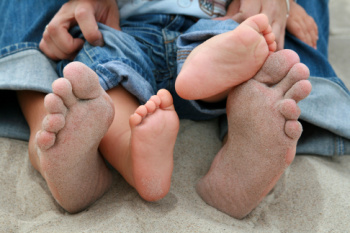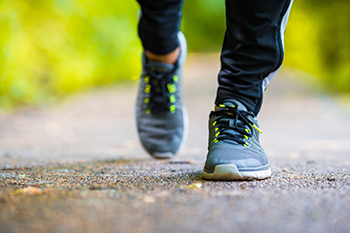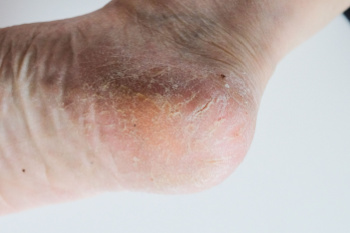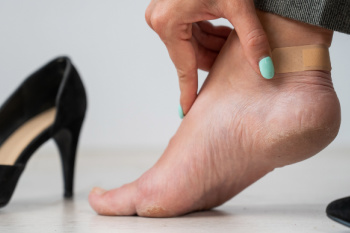
Getting your feet summer-ready is a breeze with a few simple steps. Start by exfoliating to remove dry, dead skin, leaving your feet smooth and soft. Moisturize daily to keep skin hydrated and prevent cracking, focusing on heels and other rough areas. Trim toenails straight across to avoid ingrown nails, and remember to apply sunscreen to protect against harmful UV rays. When it comes to footwear, opt for breathable sandals with proper arch support to prevent discomfort and blisters. Be mindful of spending too much time barefoot, especially on hot surfaces, to avoid burns and injuries. Lastly, if you have concerns about foot health or need personalized tips for summer foot care, it is suggested that you schedule an appointment with a chiropodist who can offer you expert advice and treatments to ensure your feet are happy and healthy all summer long.
Summer is the season for many foot and ankle issues. If you’re suffering from a foot or ankle problem, please consult with one of the chiropodists from The Footcare Centre. Our chiropodists can help you maintain the health of your lower limbs and your mobility.
Common Summer Foot Problems
Athlete’s foot
Toenail fungus
Plantar warts
Foot and ankle injuries
Bunions
Hammertoes
Heel pain
Cracked heels
Sunburns
Blisters
Prevention
Wear supportive shoes and avoid flip-flops
Maintain good foot hygiene
Exfoliate and moisturize the heels
Apply sunscreen to the feet and ankles
Wear shoes in public areas like swimming pools, locker rooms, and showers
If you have any questions, please feel free to contact our office located in . We offer the newest diagnostic and treatment technologies for all your foot care needs.





